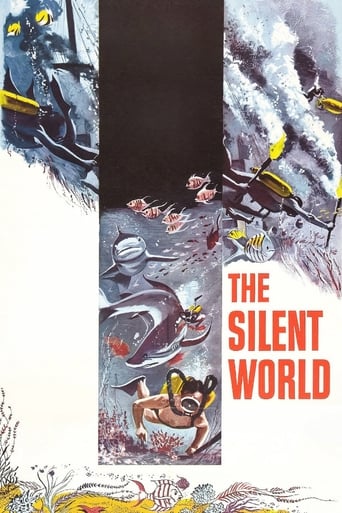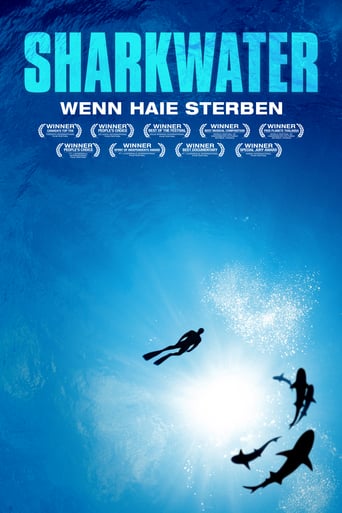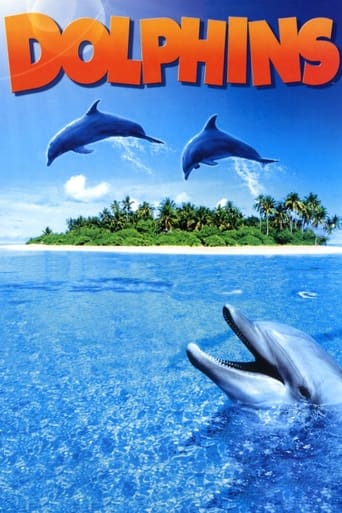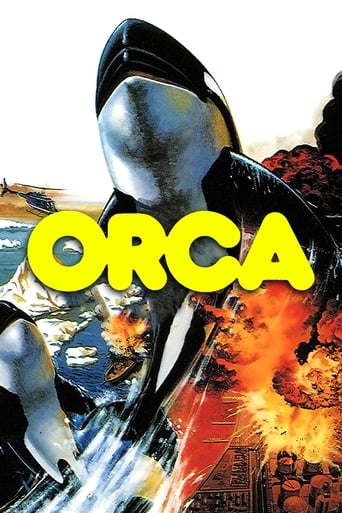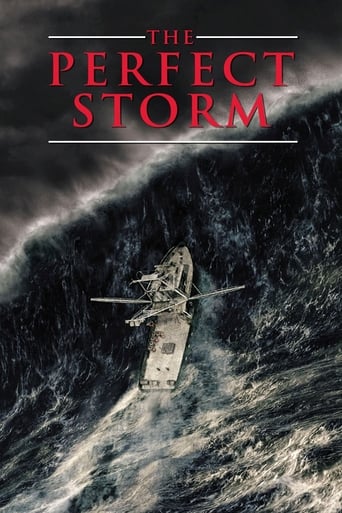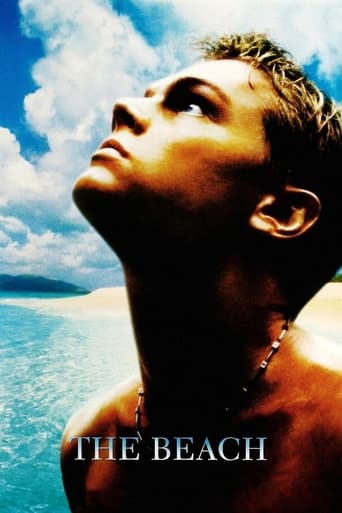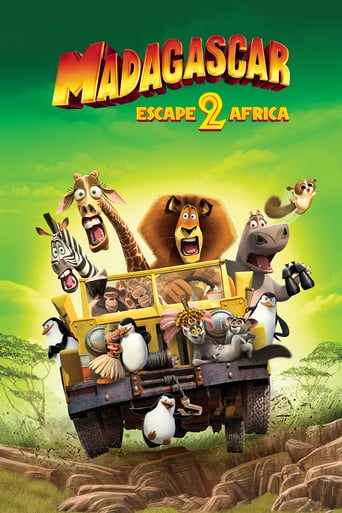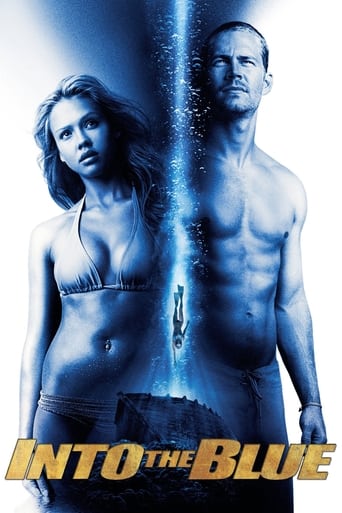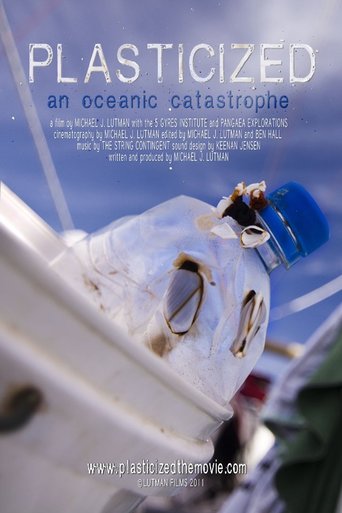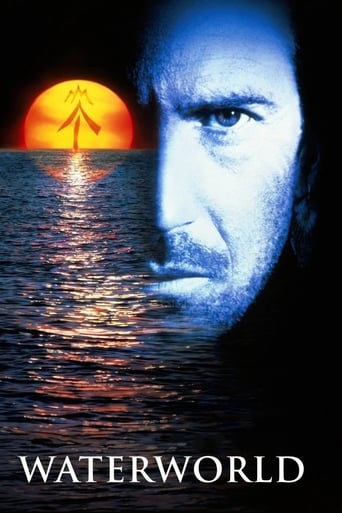The Silent World (1956)
The Silent World is noted as one of the first films to use underwater cinematography to show the ocean depths in color. Its title derives from Cousteau's 1953 book The Silent World: A Story of Undersea Discovery and Adventure. The film was shot aboard the ship Calypso. A team of divers shot 25 kilometers of film over two years in the Mediterranean Sea, the Persian Gulf, the Red Sea and the Indian Ocean, of which 2.5 kilometers were included in the finished documentary.
Watch Trailer
Free Trial Channels
Cast


Similar titles
Reviews
A film of deceptively outspoken contemporary relevance, this is cinema at its most alert, alarming and alive.
It is a whirlwind of delight --- attractive actors, stunning couture, spectacular sets and outrageous parties.
It's a movie as timely as it is provocative and amazingly, for much of its running time, it is weirdly funny.
One of the film's great tricks is that, for a time, you think it will go down a rabbit hole of unrealistic glorification.
I have long known of Jacques Cousteau and his pioneering technology through my father, he transferred his childhood interest of diving and the oceans onto me. Despite this, I was not aware that Cousteau and his team were the subject of several feature-length documentaries with two Academy Awards and a Palme D'or to boast of. When I stumbled upon The Silent World in a CEX shop, I was immediately attracted to the idea of seeing the ocean through the wonderful vibrancy of Technicolor – it was one of the first films to create such an experience.The documentary follows Cousteau, his crew and a lucky little Dachshund aboard the Calypso. They may grow tired in the oppressive sunlight and absence of activity when they're travelling across the vast, lonely stretches of ocean, but it is all proved worthwhile when they get into the water.Using Cousteau's aqualung, the men swim around with relish, in one instance encircling a sponge diver heaving along in a metal helmeted diving suit that today we see only in tacky gold fish bowls. The man hiding in his relic of a suit doesn't mind the aqualung upstarts, the men shake hands and scour the seabed for sponges together.The greatest liberation however is afforded by their rotary propelled underwater vehicles. They glide among an array of wildlife with ease, including a sea turtle, with one diver seizing the opportunity and hitching a ride on the majestic animal's back until it's exhausted – it all looks thoroughly enjoyable until he overstays his welcome.Indeed, the documentary regularly reminds you of the age it comes from – they provoke most of the animals they encounter! When they happen across the group of whales, the skipper decides to try and harpoon one with little success, Cousteau narrates: 'Under our skipper's nose is a whale sixty feet long and he can't resist having a crack at it'. Soon after this, the Calypso's propellers mortally injure a small whale and the crew mercifully kill the profusely bleeding animal.This inevitably attracts scores of sharks, and the crew's reaction to them surprised me more than anything in the film. Cousteau narrates: 'For us divers, the sharks are our mortal enemies.' As the sharks tear through the whale carcass of the men's making, he continues: 'Every seaman hates the sharks, after what we have seen, the divers can't be held back, they grab anything they can to avenge the whale.'The men proceed to brutally catch the sharks, tearing their mouths open as they yank them on board, battering some of them with the blunt end of an axe. Marine biologists would abhor such attitudes and behaviour today, however like with the lobsters and flying fish earlier in the film, the Frenchman probably made good use of them in the kitchen.No animal is left unpestered, even land animals aren't safe. When the men arrive at a desert island, they meet a group of giant tortoises and sit and stand on them as they casually eat their lunch. The men's irreverence seems to leave an impression on the Dachshund, as he is seen nipping at the legs of a poor tortoise trying to mind his own business. Their cavalier style also sees them blowing up part of a coral reef and collecting the detritus in the name of science – it's an awfully destructive approach to taxonomy.The crew restore your faith in them somewhat when they befriend 'Ulysses', a gregarious eighty-pound Grouper fish who, along with scores of other fish, becomes surprisingly tame when the men present them with a bag of delicious gristle.There are moments where the men contrive conversations to show the viewer the procedures that happen aboard the ship. I use the word contrive because of how awfully stilted the men are, but this is mainly because of the useless dubbing on my Blu-ray, so I'll give the crew's acting abilities the benefit of the doubt. I liked Cousteau's French-inflected English narration, but I would have preferred subtitles when the men spoke to each other.The Silent World is a charismatic documentary that provides a compelling insight into the history of both diving and underwater photography.78%www.hawkensian.com
While I understand Badge's deep concern for what is portrayed in this film regarding what we now consider serious mistreatment of the creatures from our oceans, this film must be viewed from its historical context. I am old enough to have seen it when it was first released, and to have been awe inspired by it. Cousteau and his crew were pioneers, entering a world few knew at that time... and even fewer (including the Captain) knew how to treat. It just can't be viewed and judged properly with the benefit of today's understanding of our ocean.More than a decade later I was a practicing marine biologist and killed sharks myself, some for research, some for their flesh and skins (to tan) and some just for the heck of it. Despite claiming to be an environmentalist, we saw little wrong with most of that since sharks had been given a black eye by the media (even prior to "Jaws") and at the time they were so plentiful in my local waters. No one foretold at that time how we would devastate them and impact ecosystems from shallow sandy bays to tropical coral reefs.It was early Cousteau films like this that led many in my generation to pursue SCUBA diving as a career, and often work for the cause of ocean conservation. I was fortunate enough to work for JYC and his son Jean-Michel during the 1985 filming of one of his TBS episodes in the "Rediscovery of the World" series. By that time Cousteau and many of us who loved his work, had developed real concern for the oceans that grew out of what was revealed to him and what he revealed to us over the decades.
I was looking forward to finally catching up with this old documentary and was saddened to see that despite the advances in underwater photography (in 1955), which brought the undersea life vividly to the screen, that every other aspect of the film was embarrassingly dated. I am referring specifically to the appalling behavior of the crew of the Calypso who bear scant resemblance to any naturalists and scientists we know of today, without an ounce of respect for the animals they encounter. Who in their right mind would set off dynamite in a lagoon, destroying coral reef and killing countless numbers of fish?? The only wildlife that gets off unscathed are the dolphins in the early part of the film otherwise, everything else that gets in the path of the "explorers" is eaten, tormented, or killed outright: when they see a whale they rush on deck to harpoon it; when sharks start to work on the whale carcass, the men haul shark after shark on deck and feverishly beat them to death under the (highly scientific) rationale that "everybody hates sharks"; when they find a giant sea turtle they clutch on to it for a ride without any concern that it is struggling to the surface to breathe; when they find a group of tortoises on an island their only thoughts are to first stand on them and then use them for stools while they have lunch. Even good old Cousteau gets into the spirit of things by bringing his rifle on deck and shooting a whale in the head (well, it was probably suffering after they ran over it with the boat and then later harpooned it).These guys would be up on criminal charges if they'd made this film today. Worth watching only as a historical curio to see how unenlightened people were back then.
MUST-SEE viewing for any 'adult' that caught Wes Anderson's send-up of the Cousteau crew earlier this year in "The Life Aquatic with Steve Zissou." If anything, this early documentary proves that the actual Cousteau crew was even more outlandish than Bill Murray's gang.One politically incorrect scene in particular shows the crew pulling sharks out of the ocean and beating them to death with clubs, while nightly dining includes plenty of fresh SEAFOOD! The major project of the expedition is the mapping of the ocean floor using advanced sonar, but in between the crew stays busy exploring the ocean and occasionally 'interfering' with the habits of the local sea creatures.You'd never see this kind of disrespectful attitude in a National Geographic docu today and in a way it's kind of refreshing to see that these guys are not infallible.One note to those with sensitive stomachs, there is a scene where the Calypso 'accidentally' runs over a baby whale and the resulting wound turns the ocean bright red forcing the crew to capture the whale and administer a 'kill shot' in order to put it out of it's misery.Parents might want to think twice about bringing kids to see this rather graphic look at ocean research and some of its inherent dangers.

